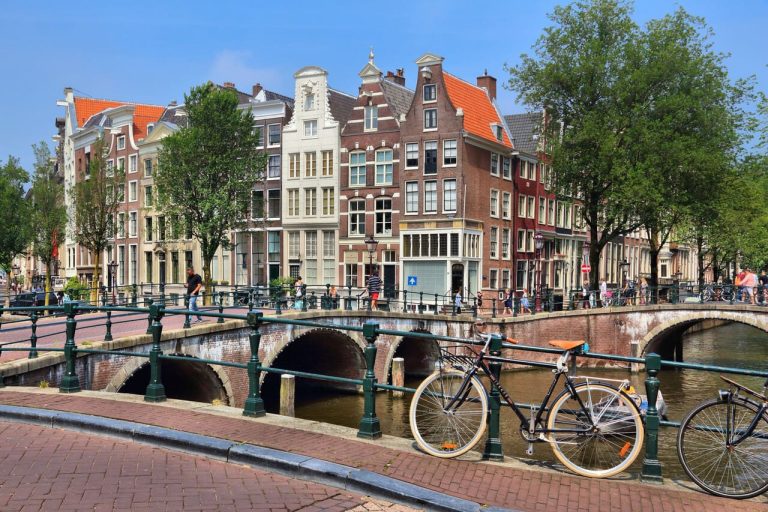Experience America’s Fascinating Railroad Ferry Islands

A trip to America’s historic railroad ferry islands reveals a blend of scenic beauty and transportation history that shaped coastal travel for generations. These islands once served as vital links where trains met the water, creating unique hubs of movement and community life. Today many of them offer peaceful landscapes, charming small towns, and reminders of how travel once connected distant places. Exploring these destinations provides a deeper look at stories preserved in shorelines and restored structures.
Bainbridge Island

Visitors stepping onto Bainbridge Island encounter a landscape where ferry travel remains an important part of daily routines. The island’s historic ties to early rail activity can still be seen in local museums and waterfront paths that follow former transport routes. The relaxed pace, tree lined neighborhoods, and easy shoreline access create a welcoming setting for those interested in past travel networks blended with modern coastal life.
Galveston Island
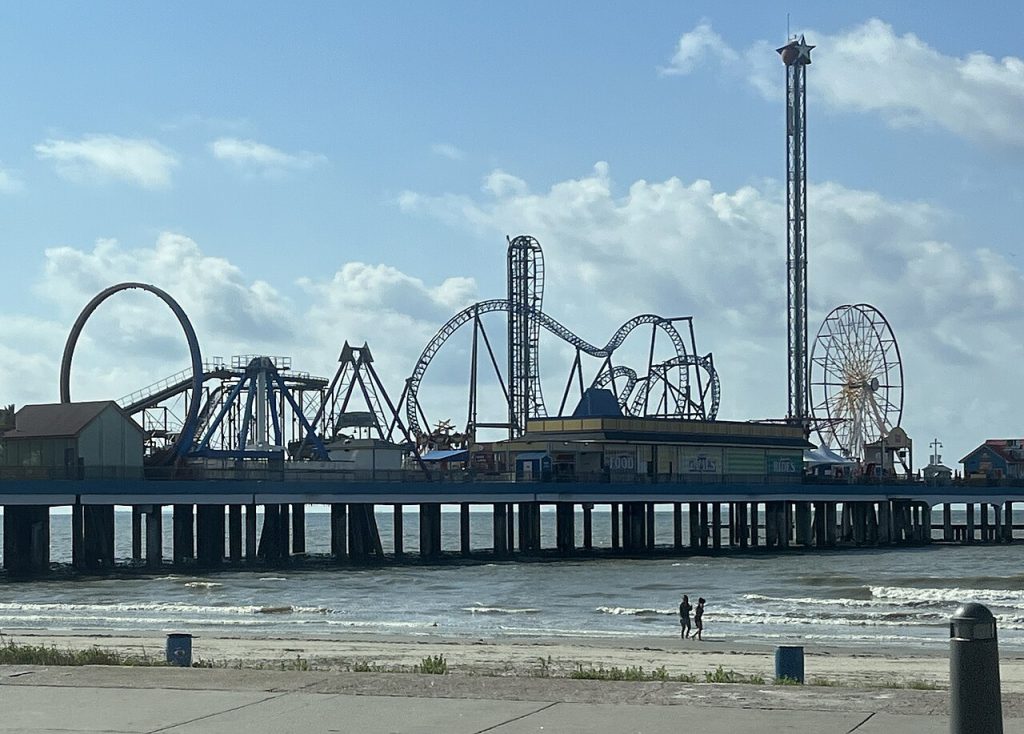
Galveston Island’s long history as a Gulf Coast port includes periods when railroads and ferries worked together to move people and goods across the region. Evidence of this layered past appears in preserved terminals and restored districts near the waterfront. Today the island offers sandy beaches, colorful architecture, and a vibrant community atmosphere, making it a destination with both historical depth and modern appeal.
Anderson Island
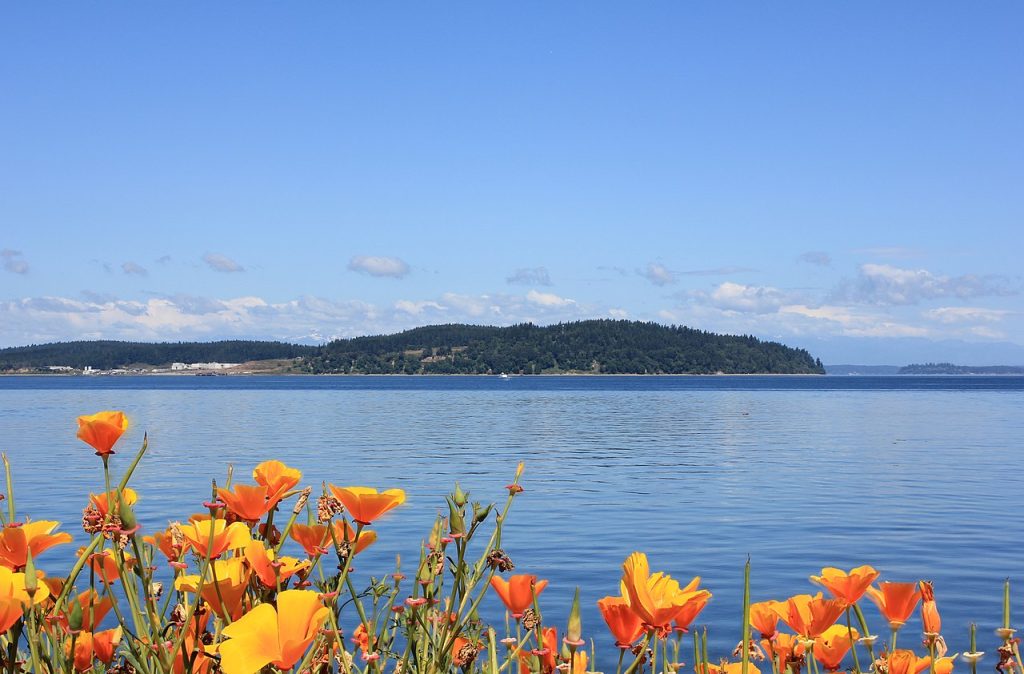
Anderson Island in Washington once supported important ferry connections tied to regional rail routes that shaped settlement patterns around Puget Sound. Its quiet forests, calm lakes, and small local gathering spots form a peaceful retreat for travelers exploring lesser-known islands. Historic markers and community archives share stories of early transport links that brought new residents and goods to this remote location.
Whidbey Island
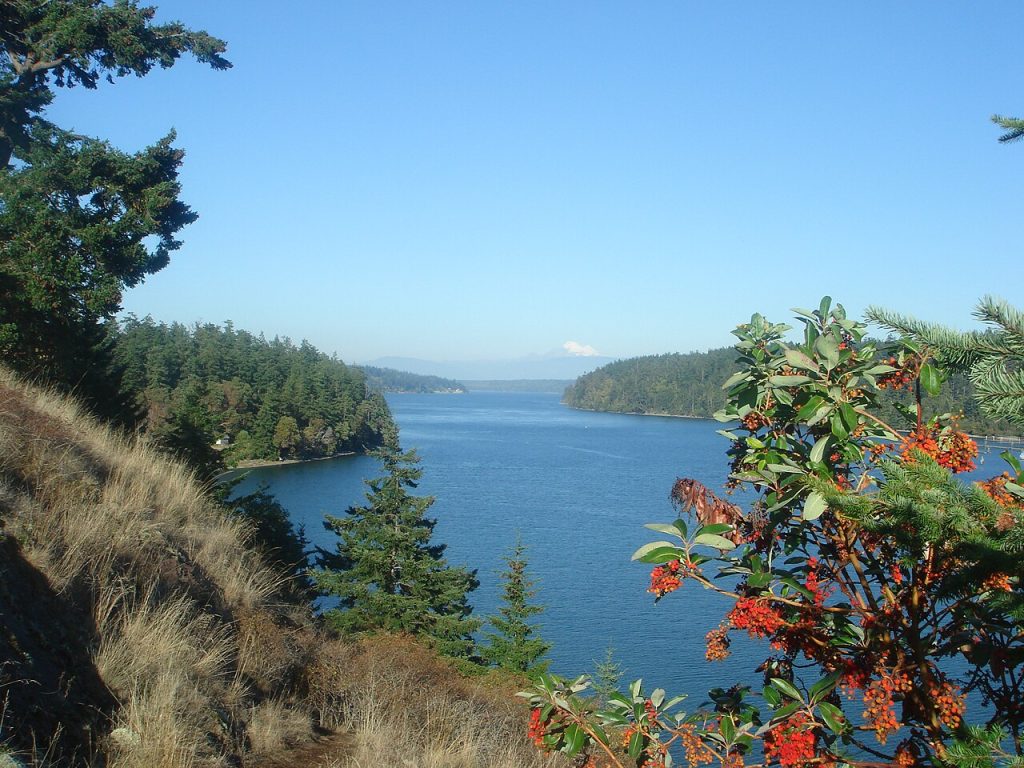
Whidbey Island’s location made it a natural point where rails, ferries, and coastal routes intersected during early development. Present-day visitors can follow scenic byways, waterfront parks, and historic districts that reflect this rich past. The island’s small towns offer art centers, cafes, and harbors filled with local character. The surrounding views of mountains and open water add a striking backdrop to its transportation history.
Shelter Island

Shelter Island in New York features a gentle pace shaped by centuries of maritime travel, including early rail linked ferry activity across nearby coastal routes. The island’s tree lined roads, preserved estates, and nature trails create an inviting destination for exploring at a relaxed rhythm. Its quiet harbors and community traditions offer glimpses into life shaped by steady water crossings and regional commerce.
Lummi Island
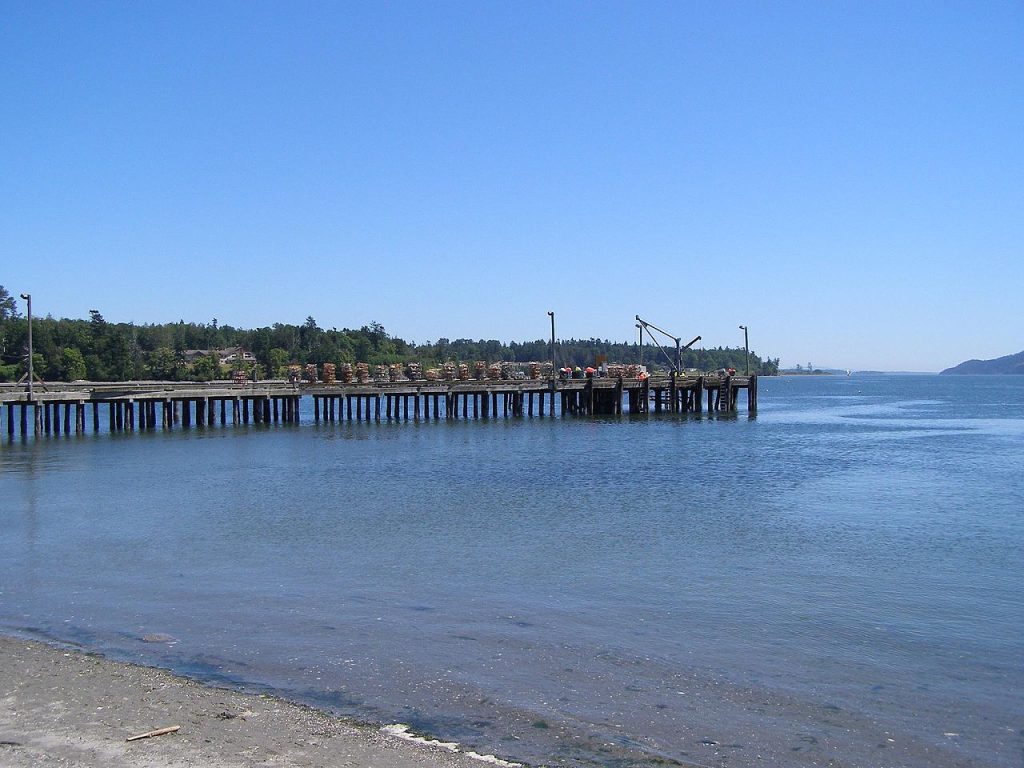
Lummi Island in Washington’s northern waters still maintains a strong ferry connection reflecting patterns established during the era when trains influenced coastal movement. The island’s rolling hills, farms, and artist studios create a distinctive rural setting. Local residents take pride in the island’s sense of independence and community, while scenic roads provide memorable views of surrounding islands and distant peaks.
Harsens Island

Harsens Island in Michigan is steeped in maritime history tied to ferry operations that once supported regional transport routes connecting rail lines and shipping corridors. Present-day visitors find marshlands, fishing spots, and small residential clusters that preserve its character. The island’s protected habitats attract wildlife watchers while old docks and community records help tell the story of its early transport connections.
Balboa Island

Balboa Island in California grew with help from ferry routes that supported the expanding rail and streetcar systems of Southern California’s early development. Today it offers a charming village atmosphere with waterfront promenades, local shops, and calm harbor views. Historic photographs and small museums trace the island’s relationship to the transport systems that once shaped the wider region around Newport Harbor.
Goose Island
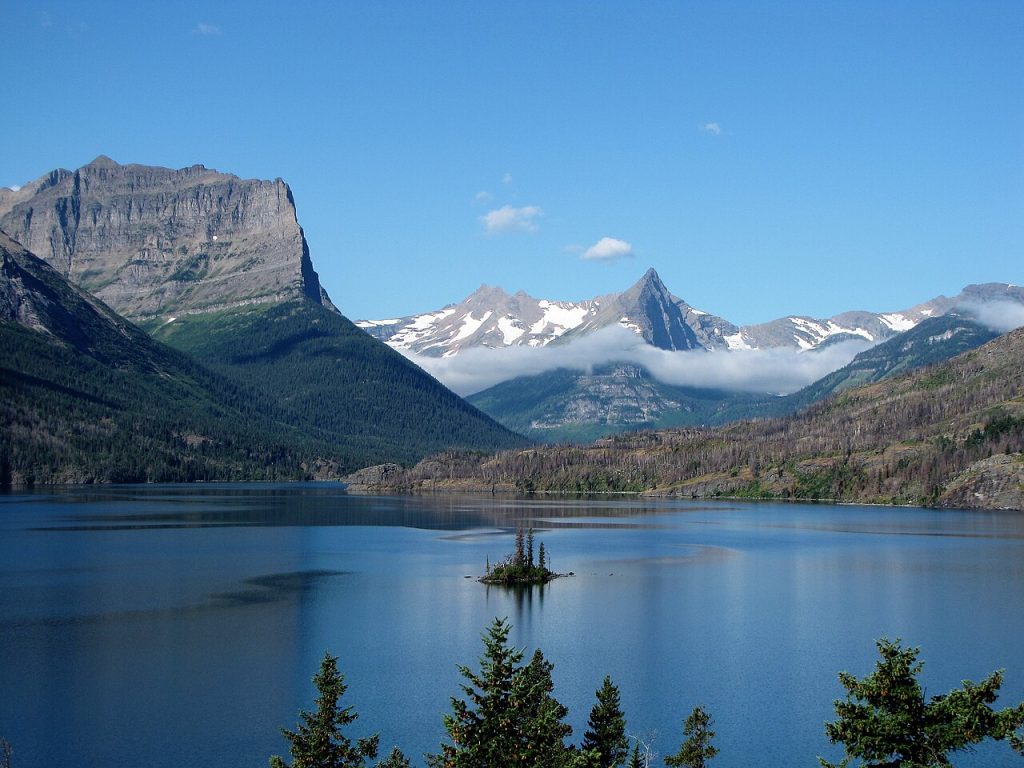
Goose Island in Maine features a quiet coastal rhythm influenced by its history of ferry access that once supported connections to rail routes farther inland. Its rocky shores, forested paths, and gentle coves create a peaceful destination for travelers seeking natural beauty alongside hints of maritime heritage. Seasonal communities and local archives help preserve the story of water routes that shaped life here.
Herron Island
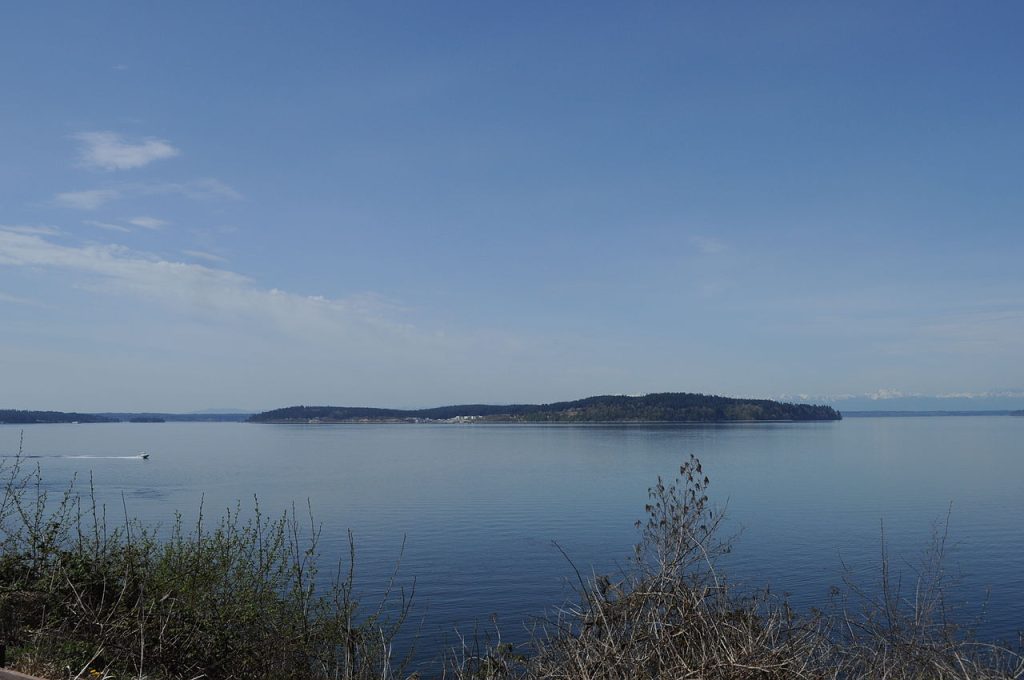
Herron Island in Washington remains one of the more secluded ferry-linked destinations with a history tied to regional movement patterns that once included rail connections on nearby shores. The island’s residential character and limited public access create a calm environment for those exploring local history. Views of surrounding waterways and forests highlight the area’s connection to both land and sea travel.



